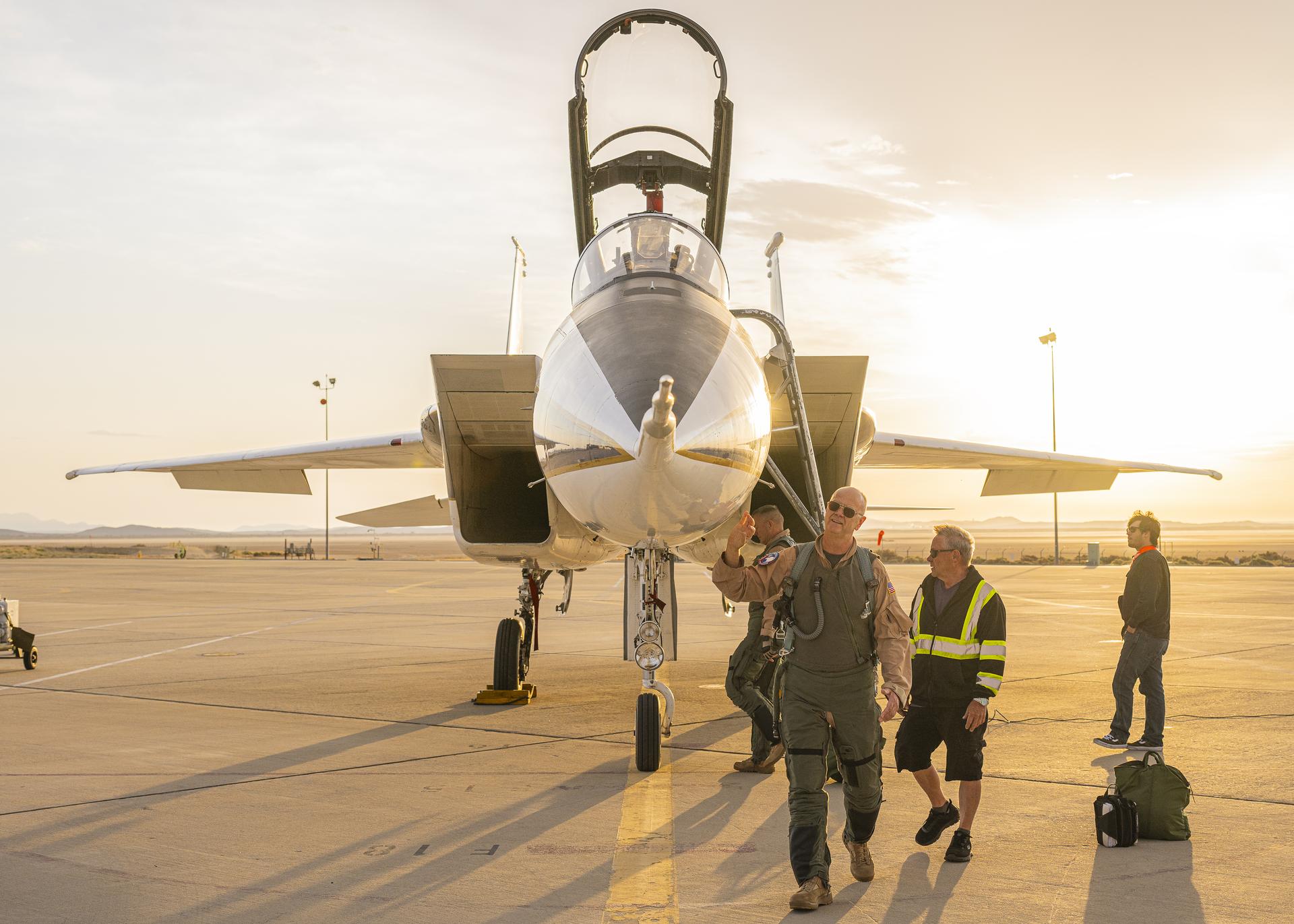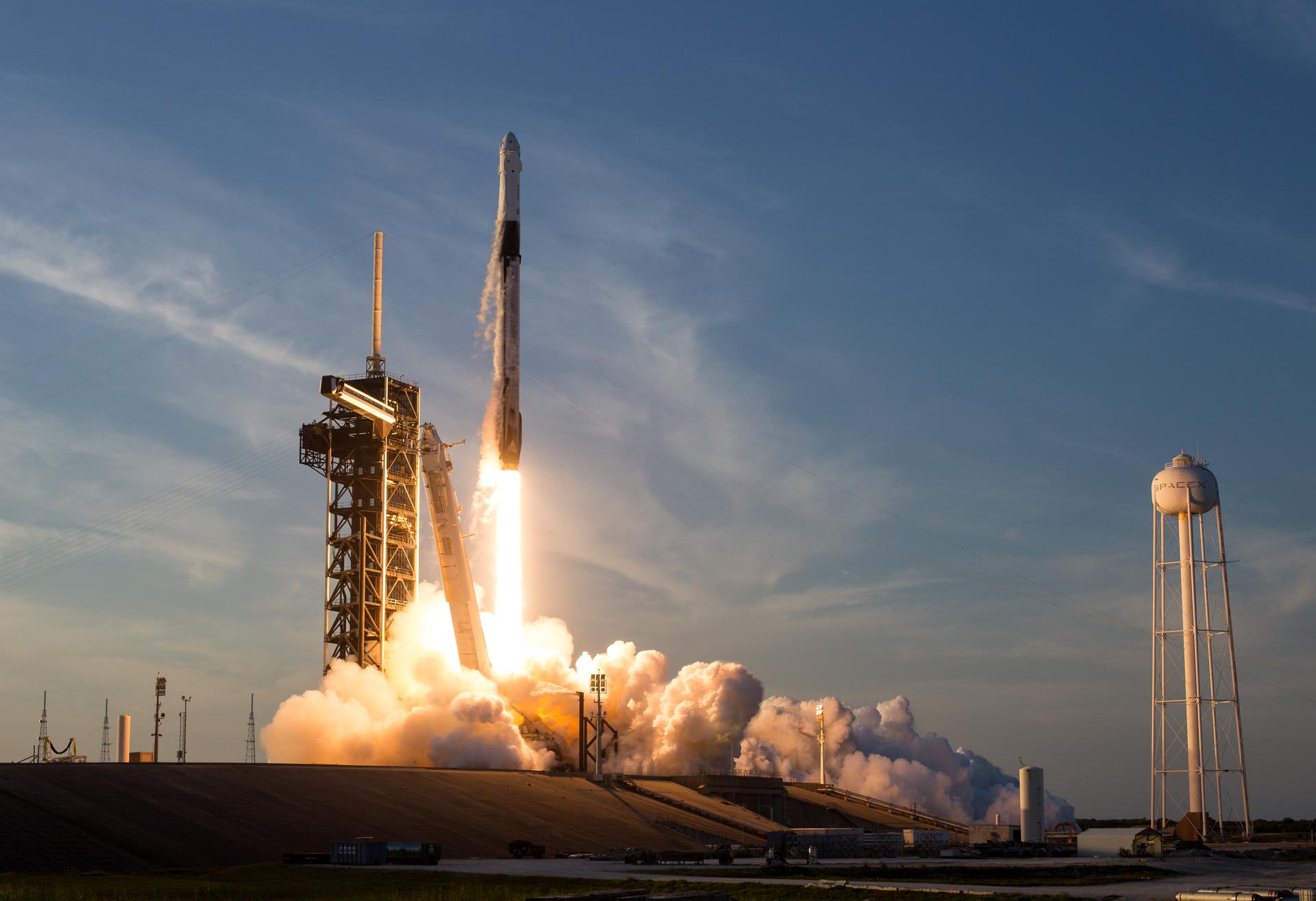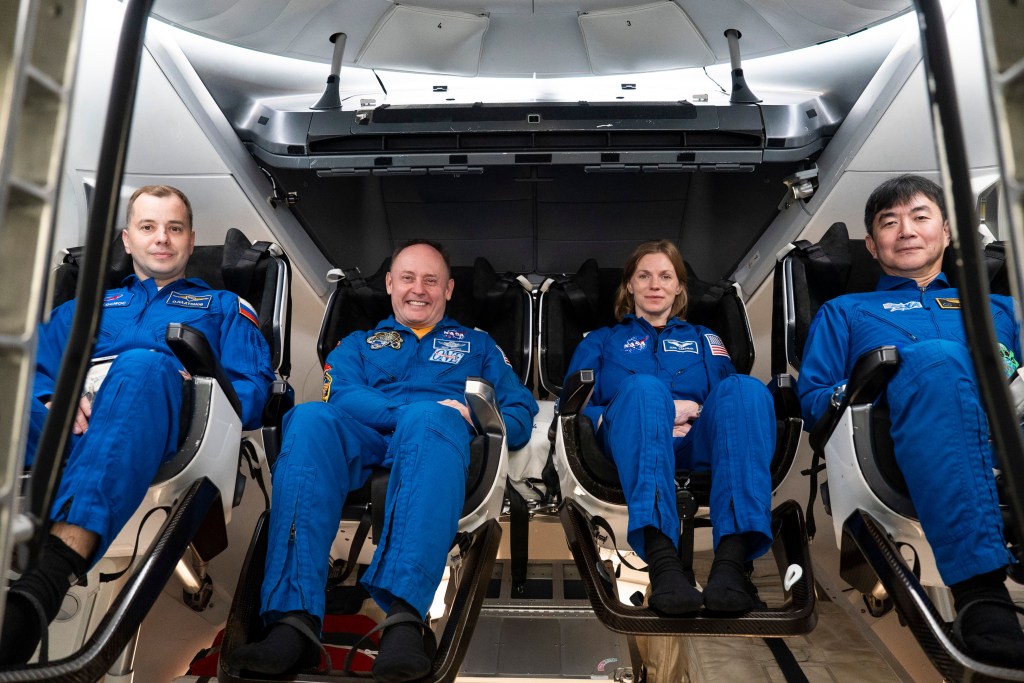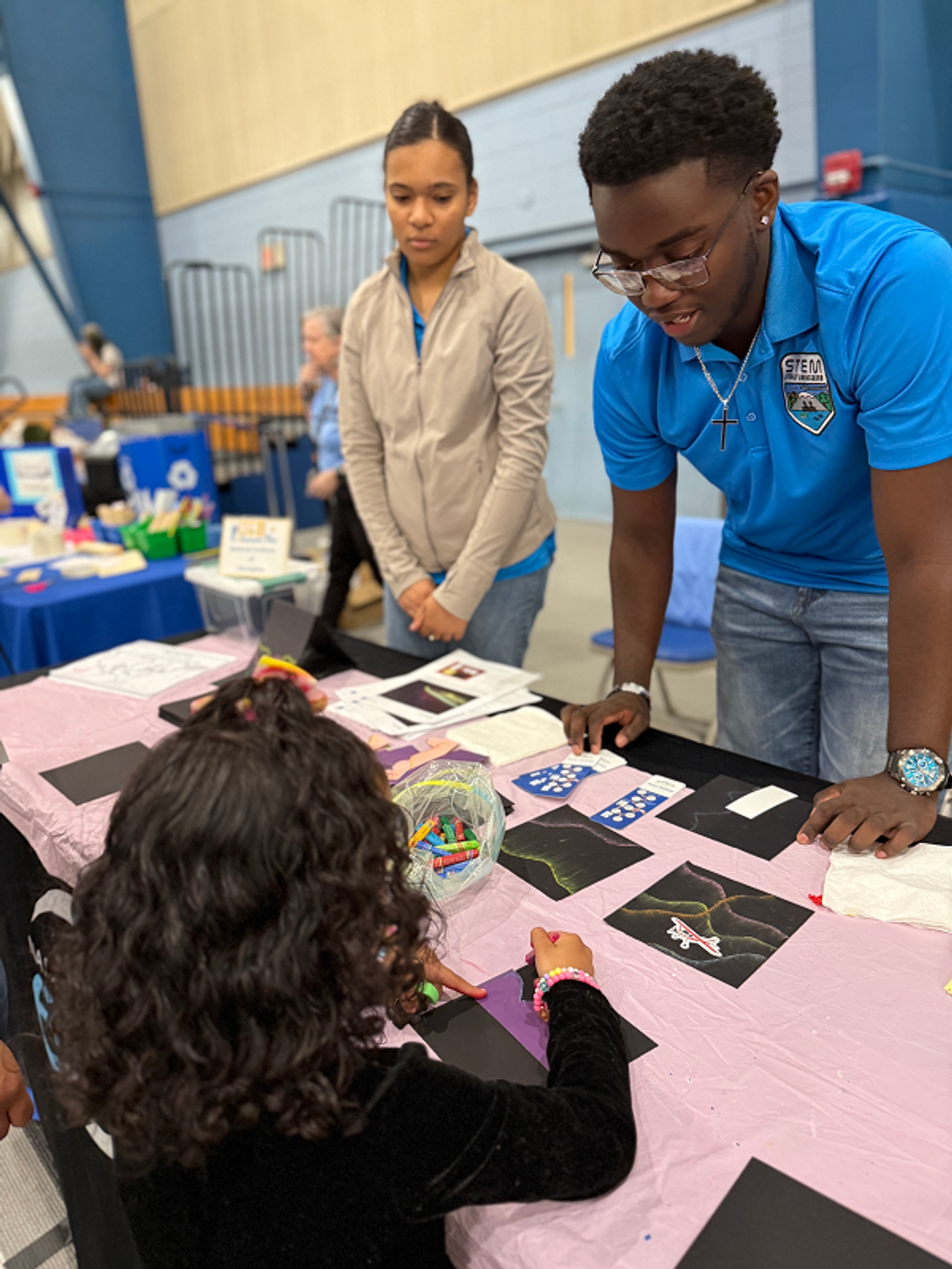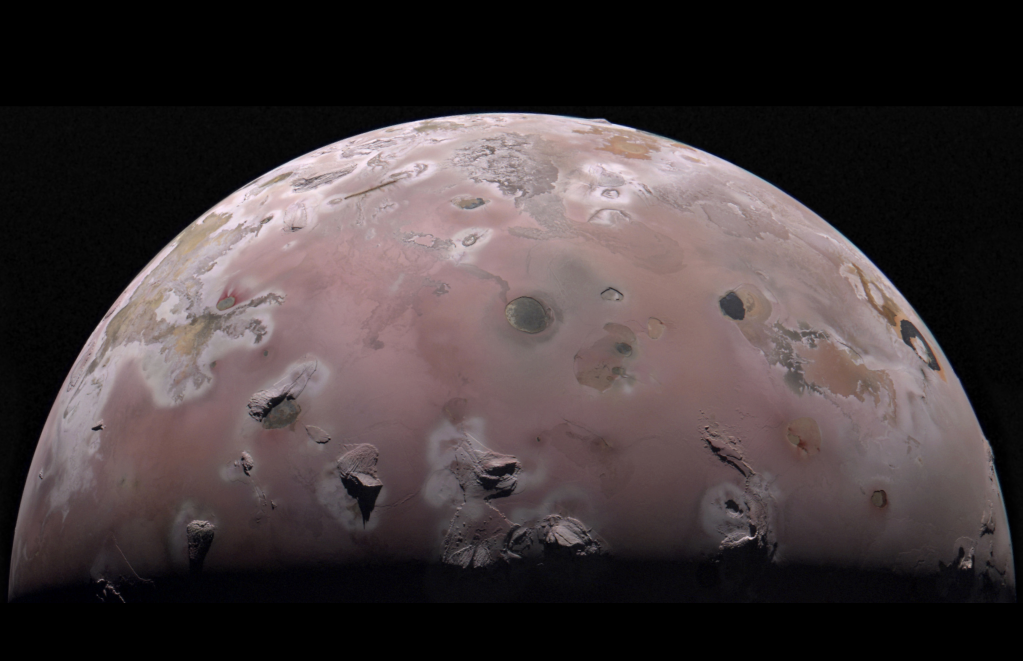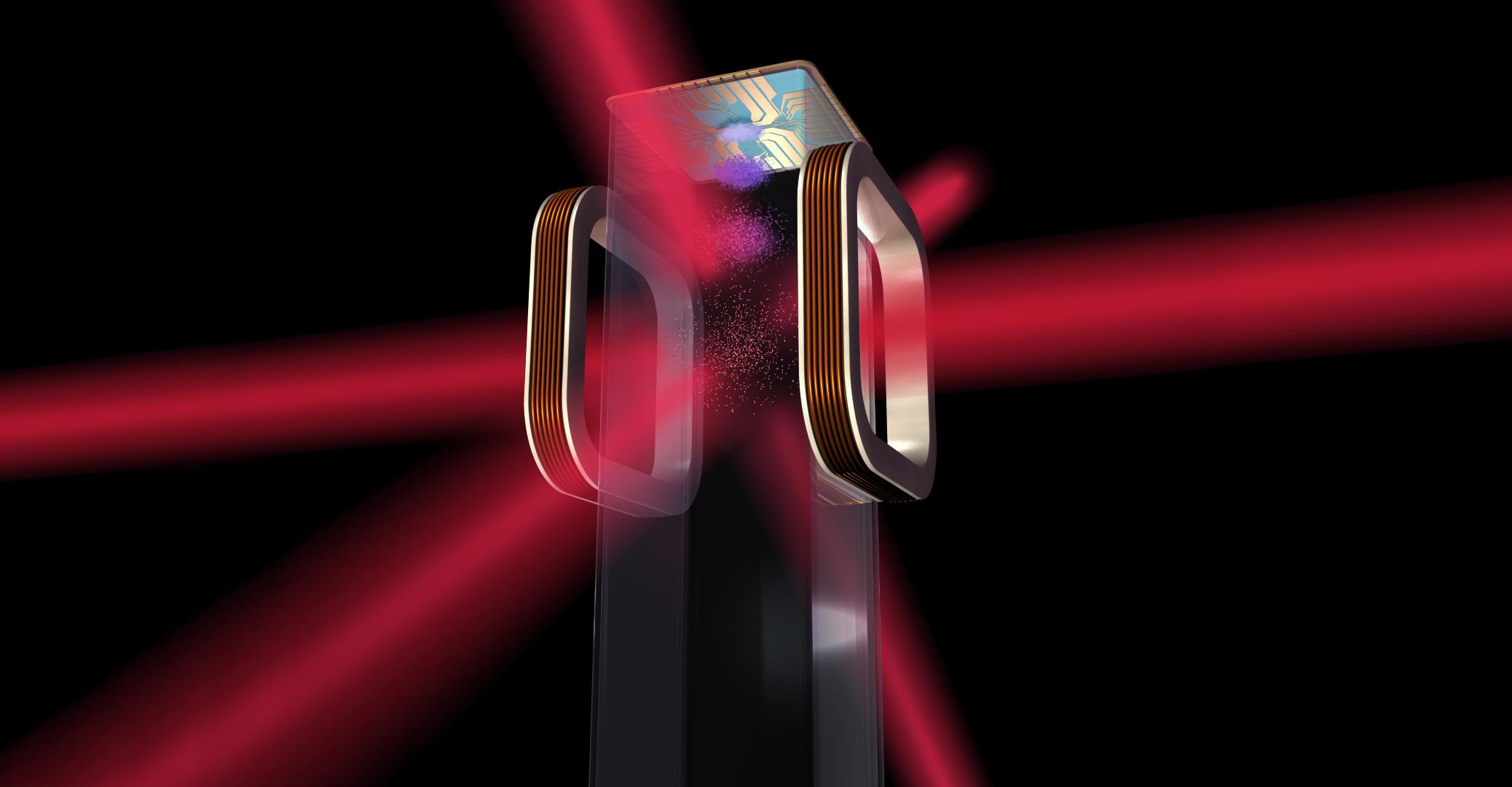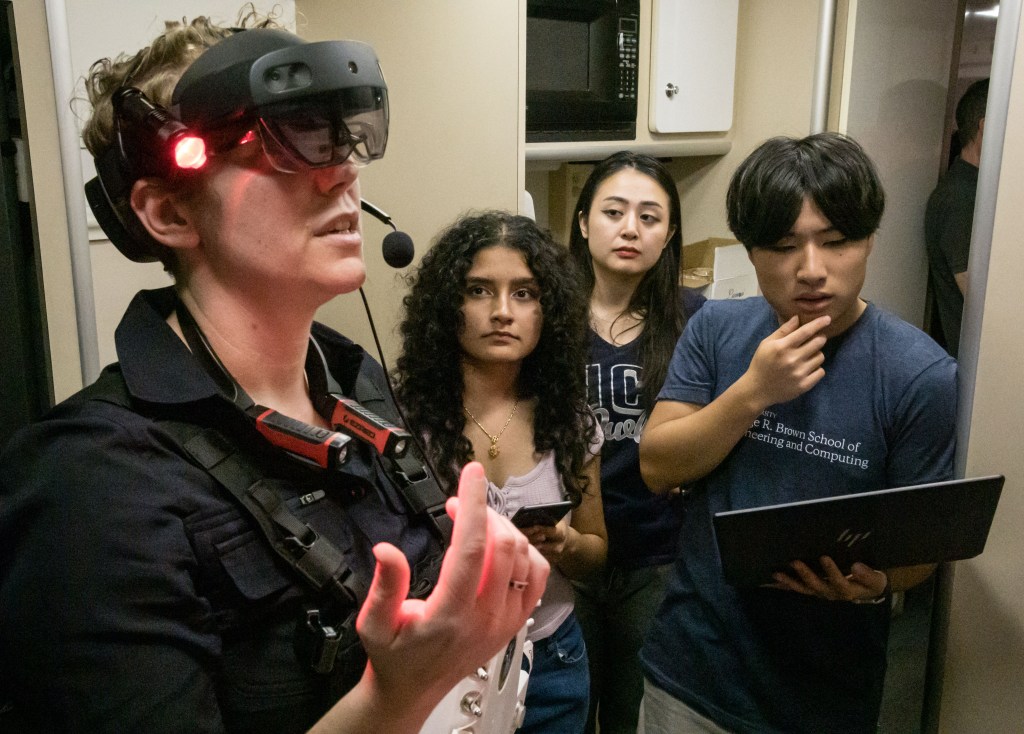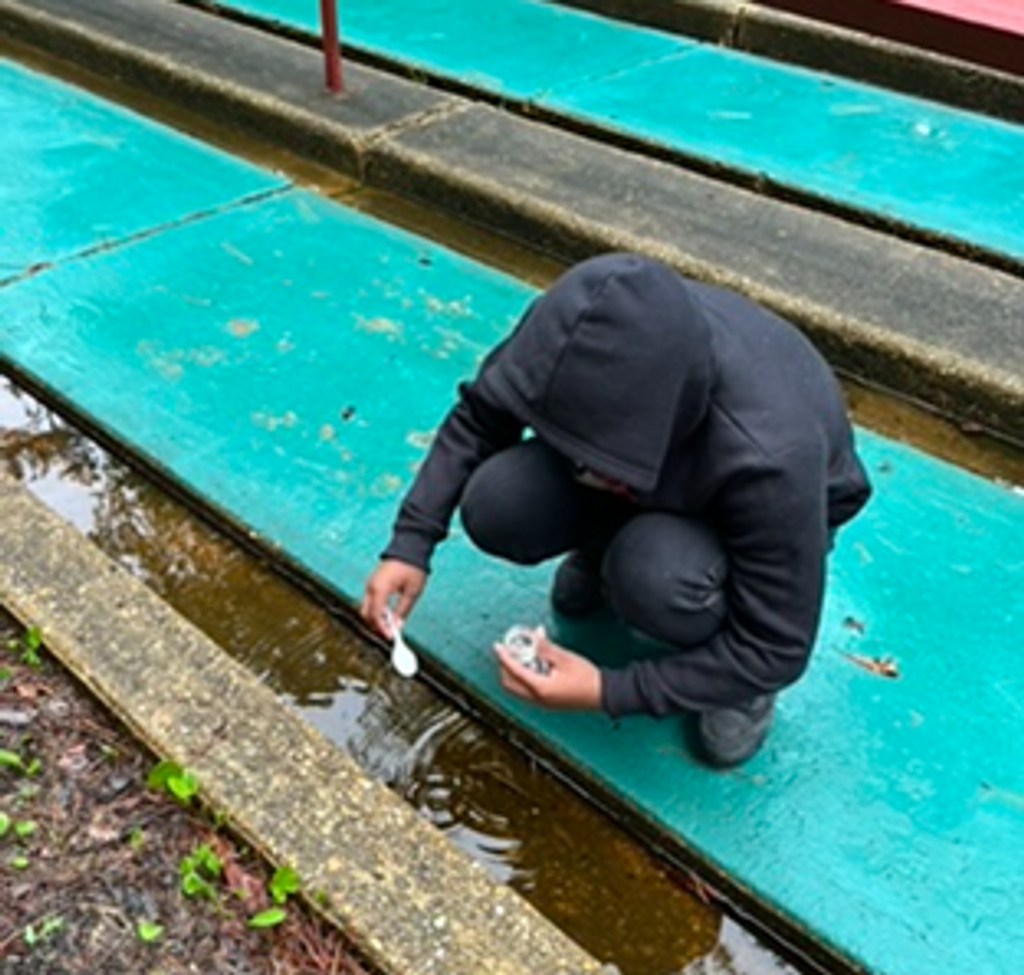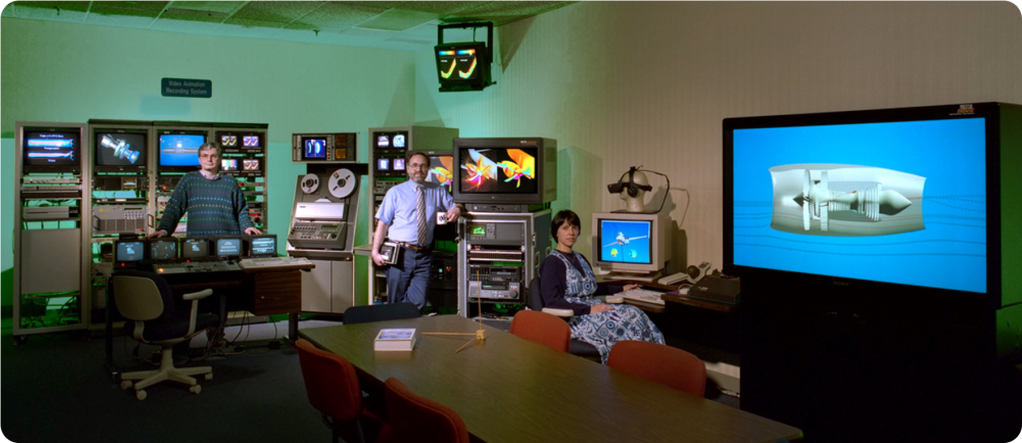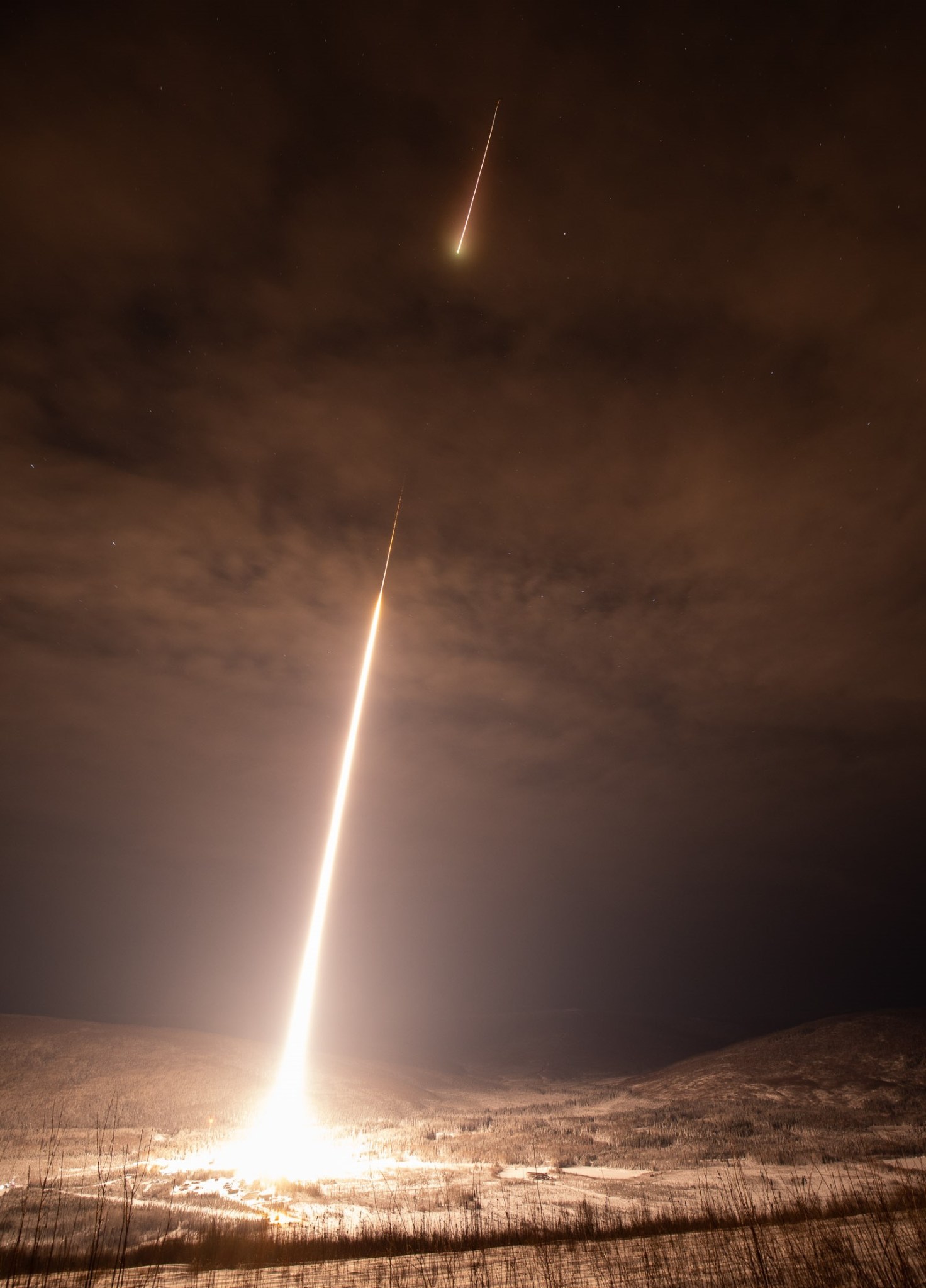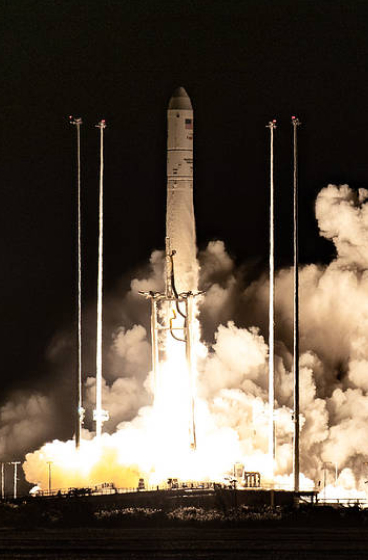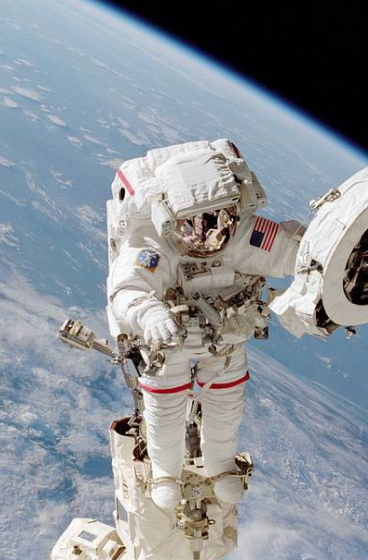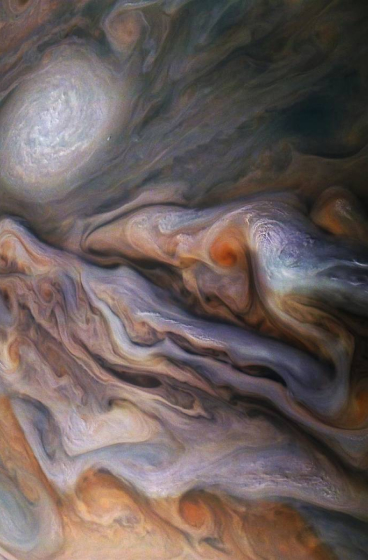The Alaskan wilderness is vast. Trying to find a long cylinder — such as a science payload or rocket motor jettisoned during a suborbital rocket mission — hidden out in the landscape can be a difficult task.
However, a new NASA developed technology called the Autonomous Rocket Tracker or ART was recently demonstrated following a NASA mission on Jan. 27, 2020, from the Poker Flat Research Range, operated by the University of Alaska, Fairbanks. The technology could greatly decrease the cost and time it takes to recover objects following a rocket launch.
“NASA, working with the Range, wants to recover the scientific payloads and rocket motors launched from Poker Flat to reduce the impact these missions may have on the environment,” said Cathy Hesh, technology development manager for the Sounding Program Office at NASA’s Wallops Flight Facility in Virginia. “However, it’s like trying to find a needle in a haystack. ART technology makes the job of locating these objects easy.”
The rocket motors and payloads can land hundreds of miles north of the launch site and it’s difficult to find these cylindrical objects mixed in with Alaskan vegetation. In the past a helicopter was used to fly over the area where the motors and payloads were thought to have landed or the objects were located accidentally by hunters or hikers in the wilderness.
While the first stage of the rocket lands within miles of the launch pad and can be easily located, the second stage motor and the scientific payload land hundreds of miles down range. The payload lands via parachute and then sends a signal with GPS coordinates to the recovery team. The motor, however, is a little more difficult to locate.
The January mission used a two-stage Black Brant IX rocket with two ART units strapped to the outside of the second stage motor. The second-stage Black Brant motor, which is 18 feet long and 17 inches in diameter, reenters from the flight via a ballistic trajectory — making it difficult to locate if it does not have any telemetry or GPS like ART onboard. The two ART units survived the high thermal environment of atmospheric re-entry as well as ballistic impact with the ground and successfully sent the motor’s location coordinates to the recovery team before, during, and after the impact.
“Previously we’d have to predict the trajectory of the Black Brant based on last known GPS or radar track during reentry before we lost signal,” Hesh said. “A big search grid would be developed and the recovery team would have to search for the upper stage on a helicopter until it was found. The new ART was designed to make recovery easier by providing accurate GPS coordinates just after impact which allows quickly locating the upper stage motor and eliminating the helicopter grid search. For this mission, the Black Brant motor was found despite ground fog within a day after launch at the precise coordinates provided by ART.”
The payload has been recovered and the Black Brant motor and debris near the impact site will be recovered in the spring when the weather improves.
Keith Koehler
NASA’s Wallops Flight Facility




